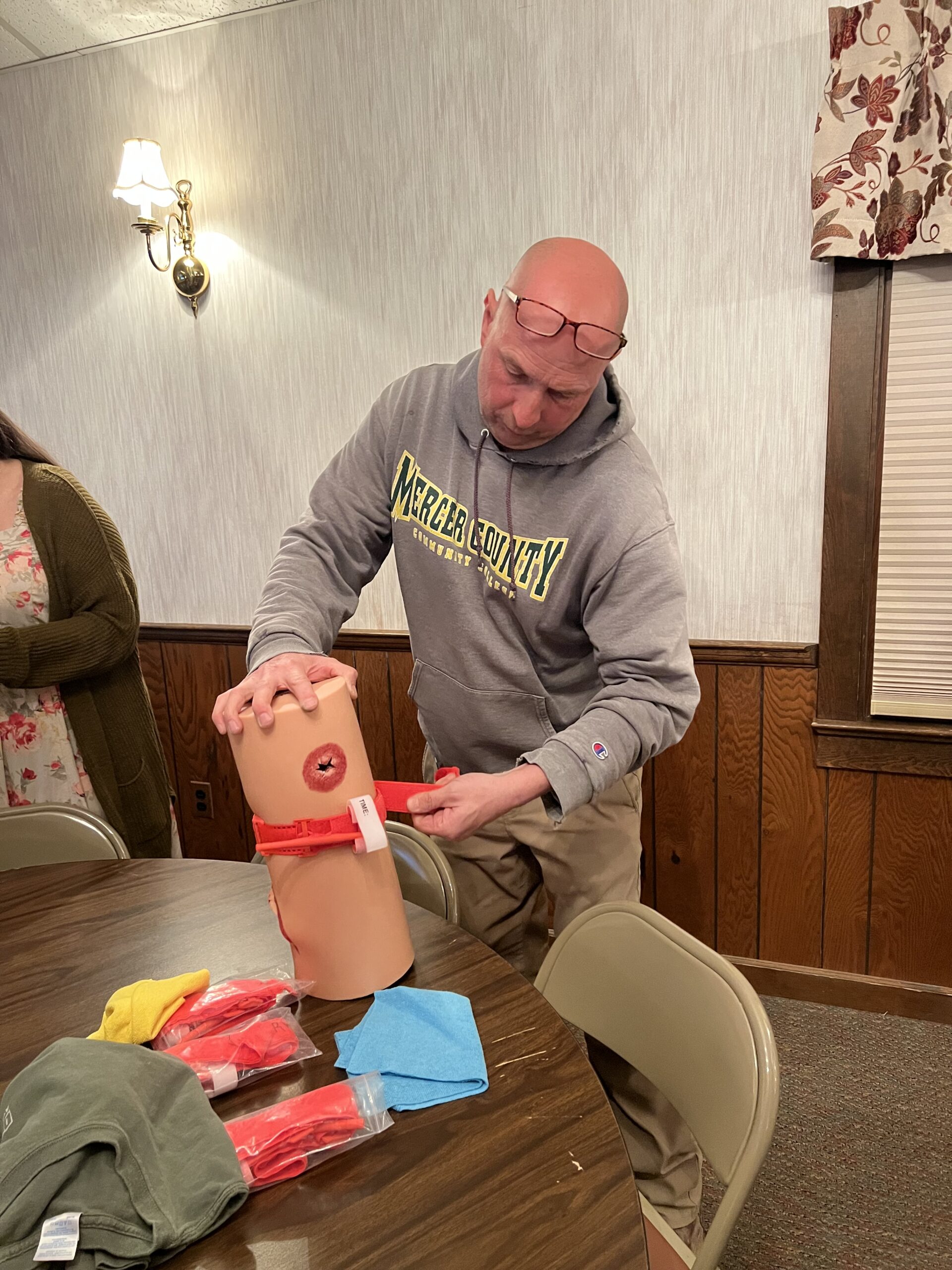 Rutgers Cooperative Extension, in partnership with the Vegetable Growers Association of NJ and the Rutgers NJ Medical School, will host a Stop the Bleed training on Tuesday, April 8, 2025 from 10:00 am to 12:00 pm at the Rutgers EcoComplex located at 1200 Florence Columbus Rd, Fieldsboro, NJ 08505.
Rutgers Cooperative Extension, in partnership with the Vegetable Growers Association of NJ and the Rutgers NJ Medical School, will host a Stop the Bleed training on Tuesday, April 8, 2025 from 10:00 am to 12:00 pm at the Rutgers EcoComplex located at 1200 Florence Columbus Rd, Fieldsboro, NJ 08505.
Don’t miss this opportunity to learn the life-saving skills of pressure application, wound packing, and use of tourniquets. Attendees of this free training will also receive a complementary bleeding control kit. Space is limited, register today! Please complete our pre-registration form by Monday, April 1.
Questions? Email Kate Brown, RCE-Somerset County Ag Agent, at kbrown@njaes.rutgers.edu or call 908-526-6293.

